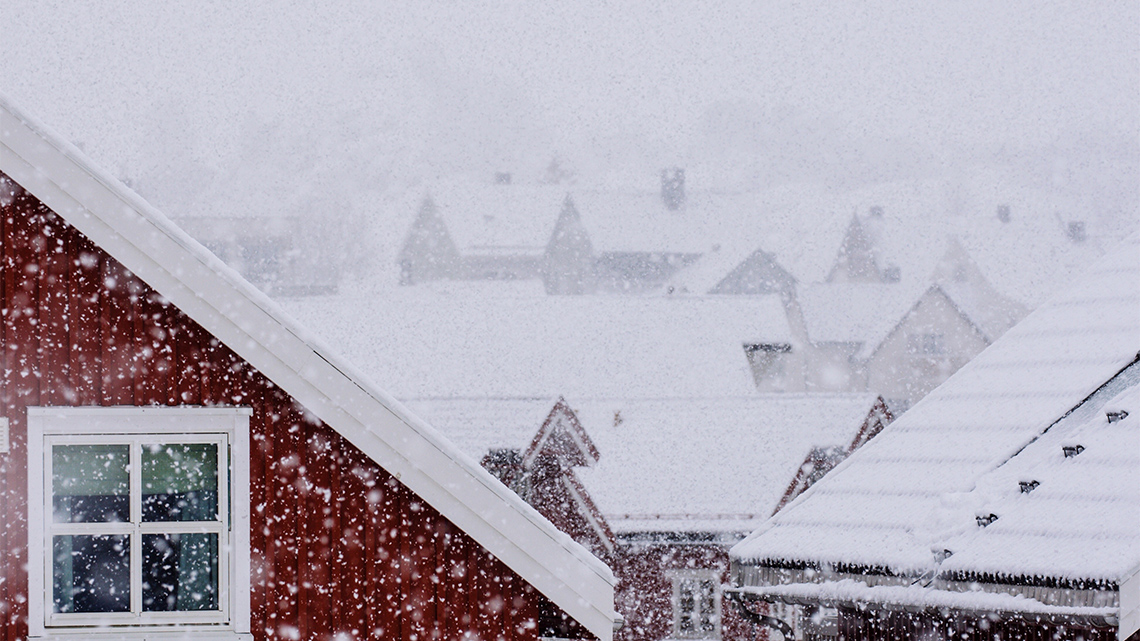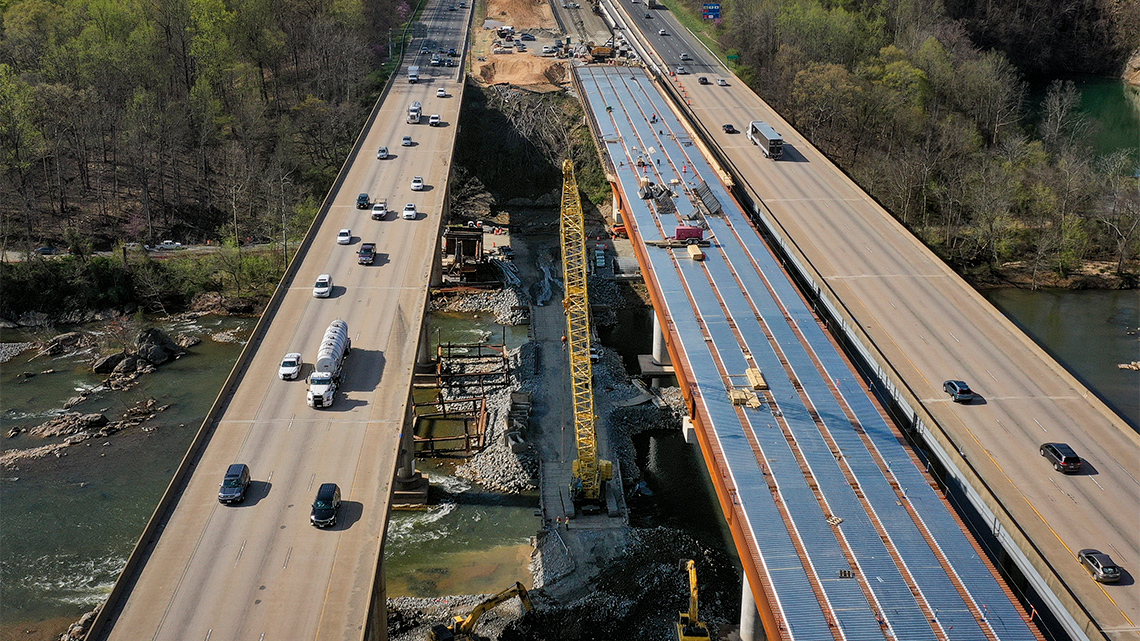Minds On
Forces
Explore the following images.
Brainstorm
Brainstorm
- After exploring the various images, brainstorm a list of forces that are acting on these structures.
- Then, consider the forces that are internal (inside) of that structure, and the forces that are external (outside) of that structure.
Sort your brainstormed list into internal and external forces.
Record your list and ideas in a notebook or another method of your choice.
If possible, share and compare your list with a partner.
Action
Forces on a structure
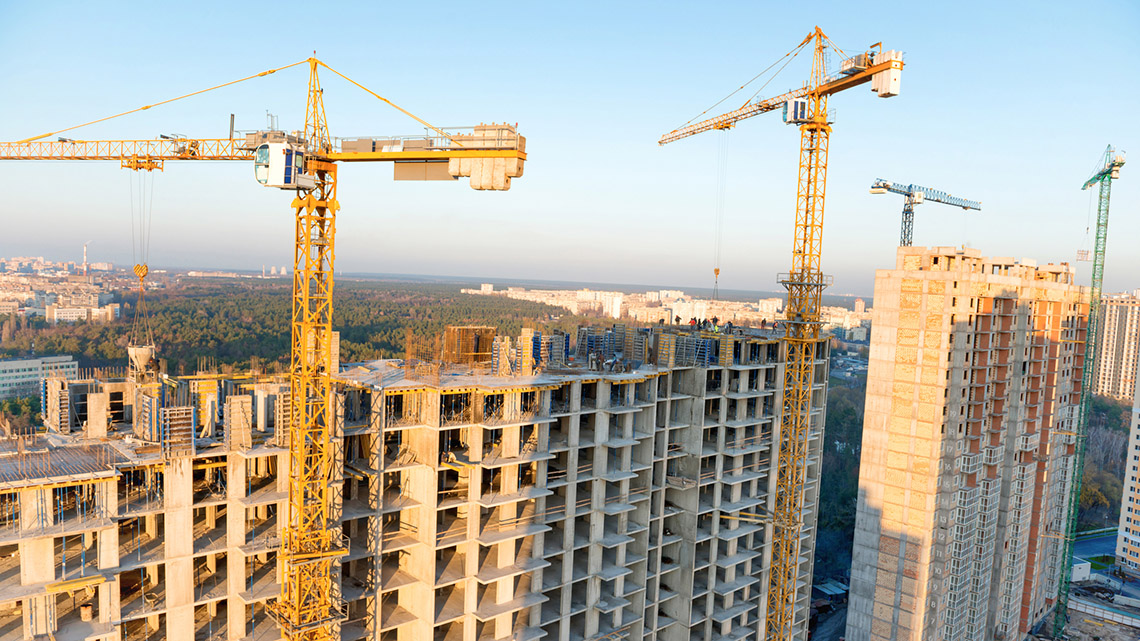
Forces act on all structures, and structures must be designed to withstand all forces that might impact them. It is important that a structure is designed and maintained carefully.
Press the following tabs to access a few key terms for this learning activity.
Force is a push or pull that tends to cause an object to change its movement or shape.
Structure is any object that provides support.
Structural strength is the ability of a structure to hold itself up, over and above any weight that is added.
Structural stability is the ability of a structure to maintain its position even when force is applied.
External forces act on a structure from outside of the object. For example, gravity is an external force that acts on all structures. Everyday use of a structure can also involve external forces. For example, a ladder is designed to hold the weight of a person climbing it.
Internal forces are caused by one part of a structure that acts on another part of a structure. For example, the weight of a roof pressing down on the walls of a building.
Student Tips
Student tips
When designing structures, engineers discuss three main things:
| force magnitude | How big is the force compared to the size and weight of an object? |
| force direction | Where is the force coming from? |
| the point and plane of application | Where does the force meet the structure? |
Loads
External forces
Every structure needs to support a load, which is the total static and dynamic load.
Press ‘Let’s Check!’ to explore static and dynamic loads.
Static load is the effect of gravity on a structure.
Dynamic load is the forces that move or change while acting on the structure.
For example, in the following image, the bridge on its own is the static load, while the cars and people and bikes are the dynamic load.

Internal forces
Explore the following images:
Learning check!
Select the correct answer, then press ‘Check Answer’ to see how you did.
Symmetry in structures
All structures are designed and built for a specific purpose. One of the elements that an engineer considers is the aesthetics of a structure. Aesthetics refers to the appearance of a structure.
When considering aesthetics, engineers consider the symmetry of a structure.
Did You Know?
Did you know?
Symmetry is a balanced arrangement on both sides of a structure. It is an exact reflection on opposite sides of a line dividing the object in half.

This means that the structure appears the same on both halves. Symmetrical structures also tend to be more stable, because they can spread out the load more evenly.
Engineers use a line of symmetry (the line that divides the object in half) to help locate a structure’s centre of gravity, as long as the mass of the structure is spread out evenly. This can help to design a structure that is more stable.
Structures can either be symmetrical or asymmetrical.
Press ‘Hint’ to access additional details.
- Symmetrical: Both sides of the structure are identical, and you can picture where the line of symmetry may go.
- Asymmetrical: The structure fails to have two sides that are identical or mirror images of each other.
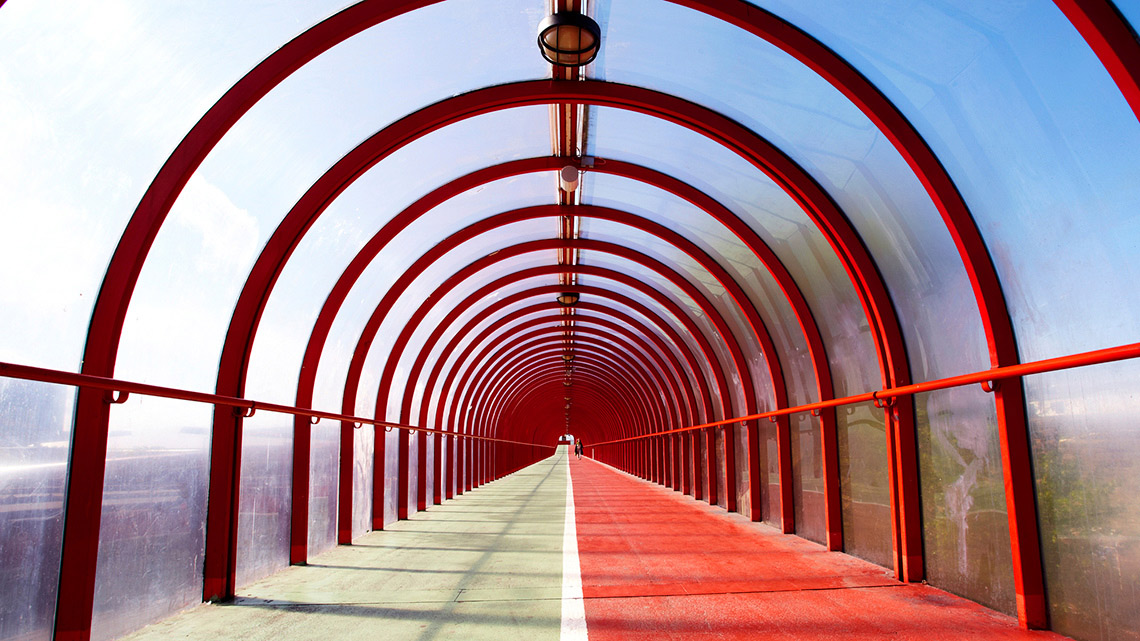
Student Success
Think
An engineer is designing a new structure and has asked you to describe to them why a symmetrical structure would be beneficial.
Explain the role of symmetry in structures and describe why an engineer might consider symmetry in their design.
Record your ideas in a notebook or another method of your choice.
Safe structures
Engineers must consider all forces when designing structures so that they remain structurally safe and keep their structural integrity.
Loss of structural integrity can occur if a force is too strong for the structure’s design, or if a force is acting on a weak part of the structure.
Brainstorm
Brainstorm
What do you think could cause a structure to lose its integrity?
Record your ideas in a notebook or another method of your choice.
When you’re ready, press ‘Let’s Check!’ to access possible responses.
A structure could lose its integrity from one of the following:
| shear |
|
| bend or buckle |
|
| torsion |
|
Structural integrity
Press the following tabs to explore examples of structures that lost integrity.
Once just called “The Tower of Pisa,” this is one of the most famous structural fails. The Tower of Pisa was built between 1173 and 1372, and began to have issues in 1378.
The cause of this structural failure was a poor foundation that could not support the load of the structure. In the 1990s, counterweights were added to the base of the tower to help support it.
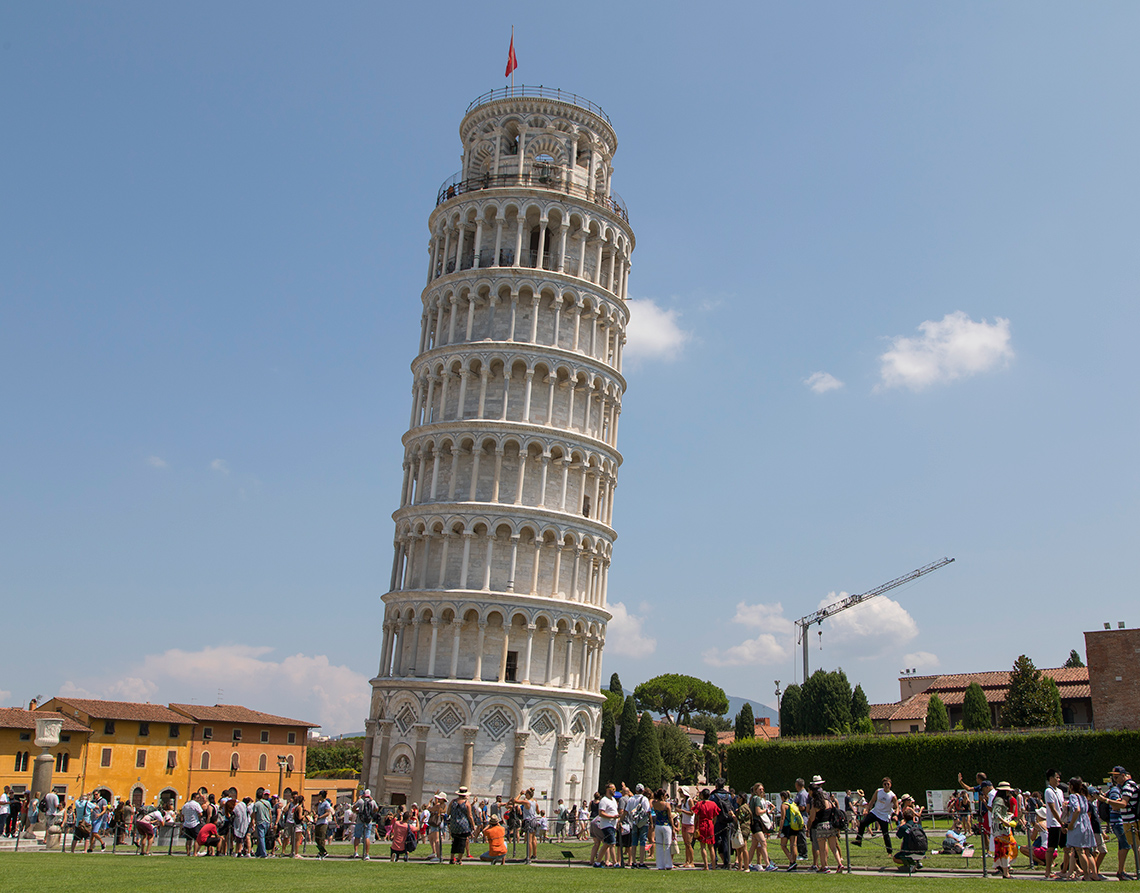
This sixty-storey skyscraper was built in the 1970s in Boston, Massachusetts. There were many structural issues with this building, but the most notable was its window failures. Due to thermal stress, the windows detached from the building and fell to the sidewalks below. As a result, 344 windows had to be replaced.

When the Tacoma bridge opened in 1940, it was the third longest suspension bridge in the world. Shortly after construction, the bridge began to buckle and sway because of normal winds, and four months later, the bridge collapsed. It was torsion motion that caused the bridge to break in half, caused by a failure of cables that connected specific parts of the bridge.

This skyscraper in London, England was built was Rafael Vinoly in 2013. The concave shape of the building reflected sunlight onto the street below, dramatically raising temperatures, which reached over 70 degrees Celsius. Most famously, a man was able to fry an egg on the street from the heat. Eventually, screens were installed at certain points to prevent the reflection of direct sunlight.
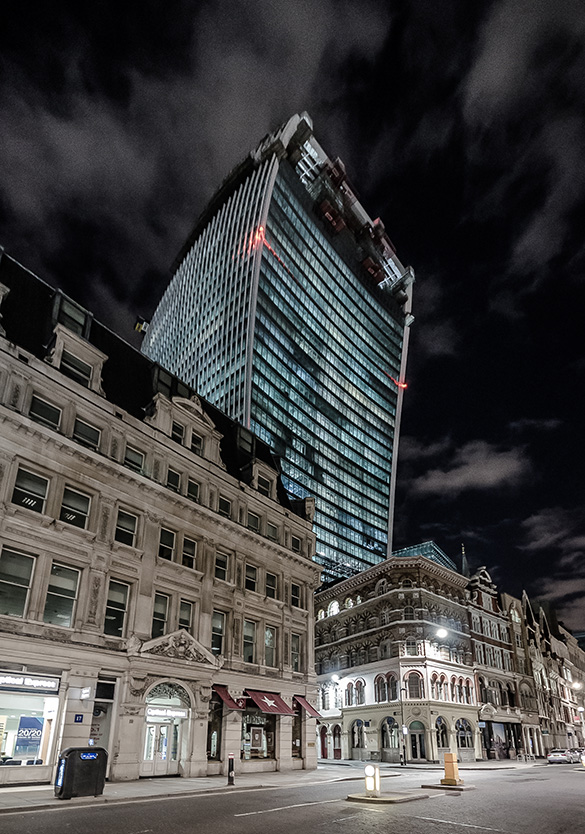
Innovation in Canada
This learning activity features emerging technologies, STEM contributions, and Canadian innovations that are making a difference.

Materials
Engineers use their knowledge of forces to design structures that are less likely to fail. In this section of the learning activity, you will learn how engineers prevent structures from failing using specific materials, and innovative and emerging technologies.
The materials that an engineer uses help to determine its structural safety. To choose the most suitable materials, an engineer must consider the cost, appearance, environmental impact, and efficiency of using the materials. Using stronger materials will increase the strength of a structure, but are usually more costly.
Combinations of different materials are often required to give a structure the strength that it needs.
Press the following tabs to access three types of materials.

A composite of materials means that something is made up of several different materials with different properties, which combine to make the structure safe and strong. Reinforced concrete is one example of a composite material, because it is made up of steel rods and concrete to support different forces.
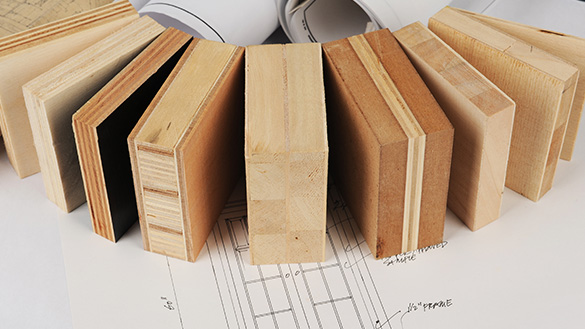
Layered materials are various materials that are pressed and glued together to produce a stronger material. Lamination is the process of pressing or gluing a material onto another layer. Examples of materials that have been layered to make them stronger are windshields, drywall, and plywood.
Woven and knit materials are hair-like fibers that are twisted together (spun), and then looped and knotted to make stronger materials.
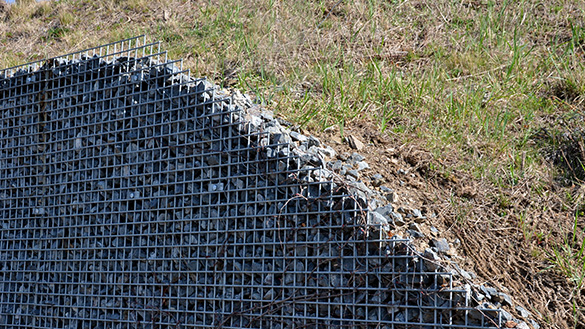
These materials are flexible and can be stretched in all directions, so they fit well in complex shapes and structures. Geotextiles are an example of woven or knit fibers that are used to improve drainage, reinforce, and distribute loads evenly, making structures stronger.
Along with using strong materials, there are other methods to helping structures withstand forces:
- distribute the load to prevent one part of the building from carrying most of the weight
- direct forces along angled components, so that forces hold pieces together rather than pulling them apart
- shape the parts of the building to withstand specific forces that will act on them
- use the proper materials
Connections
Connections
Civil engineers are responsible for planning, designing, constructing, and managing structures. This includes highways, bridges, railroads, airports, transit systems, schools, water supply plants, houses, and much more.
New developments and emerging technologies are revolutionizing structures to be more cost effective and structurally stable.
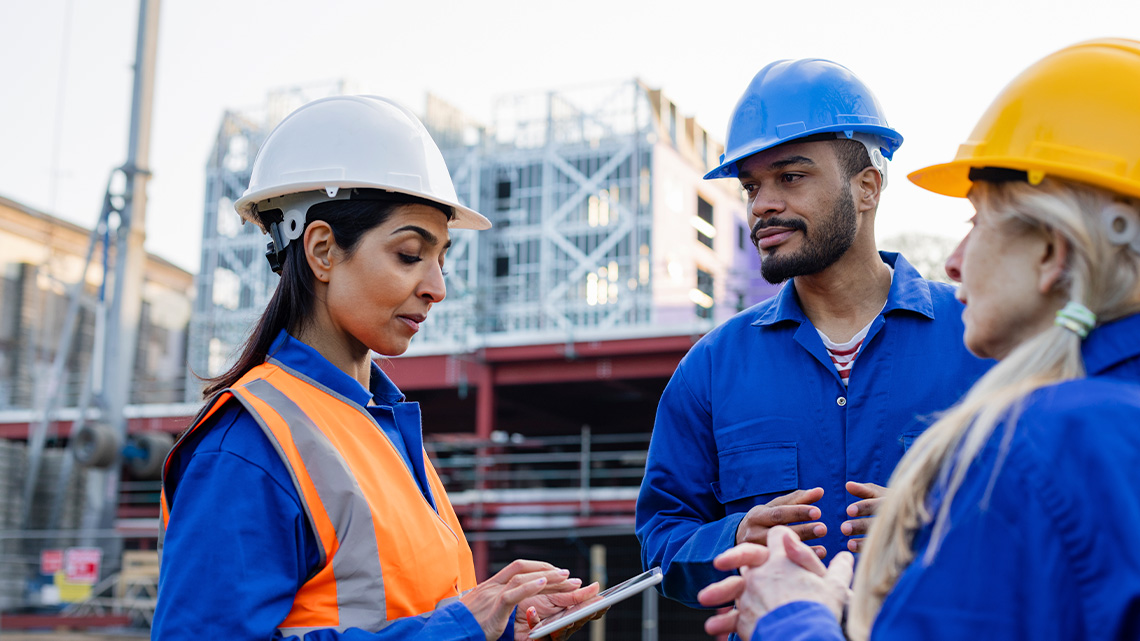
Try It
Your turn!
Using civil engineering and government websites, explore the following innovative technologies:
- sensors in bridges
- lead-rubber bearings
- drone mapping
- self-healing concrete
Explore this video to learn about the steps of the Scientific Research Process.
In this activity, you will be focusing on the “ask, research, record, and analyze” parts of the process.
As you explore, record jot notes in a notebook or another method of your choice that details how these innovations keep structures safe and stable.
Press ‘Hint’ to access additional details.
Jot notes are point form notes that include the most important information, such as who, what, where, when, and why.
Press the following tabs to access research tips to guide your exploration.
I can choose resources by…
- brainstorming a list of key words
- making a list of where to find information
- searching for new and relevant information
- thinking about who the writer is and what their perspective or bias might be
- thinking about if the resource is relevant and appropriate
I can analyze and interpret findings by…
- making connections between similar information
- exploring for conflicting ideas
- ranking the importance of what I’ve found
- thinking about bias and whose perspectives are missing
- comparing the information that I found to my research questions
- writing a summary
- answering my research questions
When you’re ready, press ‘Let’s Check!’ to access possible answers.
You may use the following answer guide to compare with your jot notes and add any important information.
| Sensors in bridges |
|
| Lead-rubber bearings |
|
| Drone mapping |
|
| Self-healing concrete |
|
What do you think?
How are these technologies reducing the negative impacts of building on the environment?
Record your ideas in a notebook or another method of your choice.
Consolidation
Review your learning
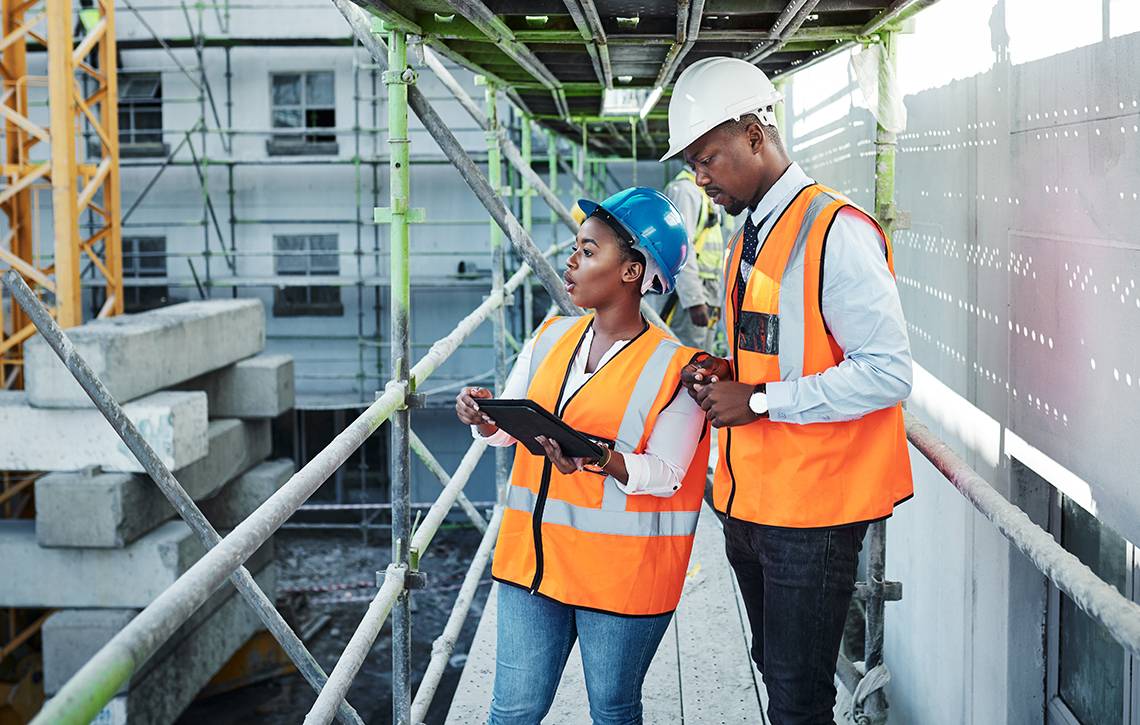
For this activity, sort the items as symmetrical or asymmetrical structures.
Making connections
An engineer is designing a new structure for your community. They have asked you to provide them with all of the factors that they should consider when designing the structure, and why each factor is important.
Record your considerations in a notebook, as an audio/video clip, or another method of your choice.
Press ‘Hint’ to access possible responses.
Reflect back on this learning activity and what you have learned about designing a structure. The engineer may want to consider forces, load, symmetry, safety, materials, and more.
You may also consider any of the innovations that you previously researched in this learning activity.
Complete the Designing a Structure Considerations activity in your notebook or using the following fillable and printable document. If you would like, you can use speech-to-text or audio recording tools to record your thoughts.
| What factors should an engineer consider when designing a structure? | Why is this factor important to consider? |
|---|---|
Press the ‘Activity’ button to access Designing a Structure Considerations.
You may use the following checklist as a guide for this activity.
My considerations should…

If possible, share your considerations with a partner.
Reflection
As you read the following descriptions, select the one that best describes your current understanding of the learning in this activity. Press the corresponding button once you have made your choice.
I feel…
Now, expand on your ideas by recording your thoughts using a voice recorder, speech-to-text, or writing tool.
When you review your notes on this learning activity later, reflect on whether you would select a different description based on your further review of the material in this learning activity.

